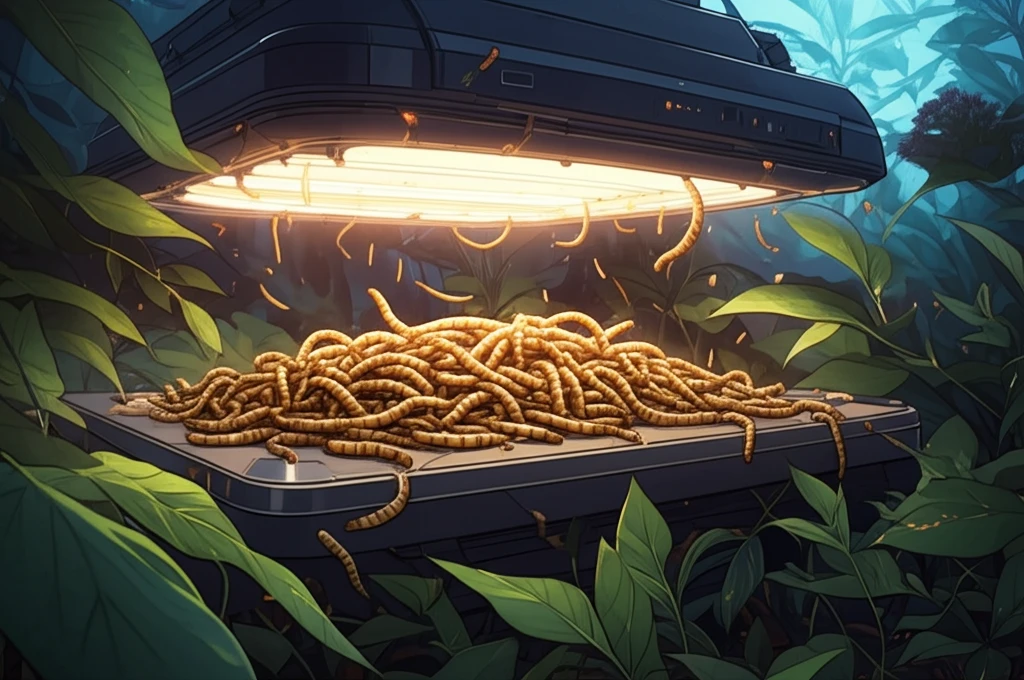
Mealworm Magic: How to Dry, Store, and Savor These Sustainable Protein Powerhouses
"Unlock the secrets to drying and preserving mealworms, maximizing their nutritional value, and exploring the exciting world of edible insects"
As the world grapples with the challenges of feeding a growing population sustainably, innovative food sources are gaining traction. Among these, edible insects, particularly mealworms, are emerging as a viable and nutritious alternative to traditional livestock.
Mealworms boast a high feed conversion efficiency, require minimal land, and emit fewer greenhouse gases compared to conventional livestock. Rich in protein, fats, vitamins, and minerals, these tiny creatures offer a wealth of nutritional benefits. But how do you harness the power of mealworms for everyday consumption?
Drying and proper storage are key to preserving mealworms and maximizing their potential as a sustainable food source. This article delves into the science behind drying mealworms, exploring the best techniques for maintaining their quality and nutritional profile, and provides guidance to incorporate this under-utilized protein source.
The Science of Drying Mealworms: Unlocking Optimal Preservation

Drying is one of the oldest methods of food preservation, critical for extending shelf life and preventing spoilage. When it comes to mealworms, understanding the drying process is essential for maintaining their nutritional value and desirable qualities.
- Blanching: Pretreating mealworms with a brief blanching in boiling water helps prevent browning reactions that can negatively impact their sensory characteristics. It also increases the moisture content of the larvae initially.
- Air Drying: The study examined air drying at temperatures of 50, 60, and 70°C. The Page model proved most effective in describing the dehydration kinetics, demonstrating how moisture loss occurs over time at different temperatures.
- Freeze Drying: This method, also known as lyophilization, involves freezing the mealworms and then removing the ice by sublimation. Freeze-drying is known to preserve the structure and color of the food better than other methods.
Embrace the Potential: Mealworms as a Sustainable Food Choice
As research continues to reveal the potential of mealworms and other edible insects, it’s clear that these tiny creatures can play a significant role in building a more sustainable and food-secure future. By understanding the science behind drying and preservation, we can unlock the full potential of mealworms as a nutritious and versatile food source, making them a valuable addition to our diets and a key component in addressing global food challenges.
